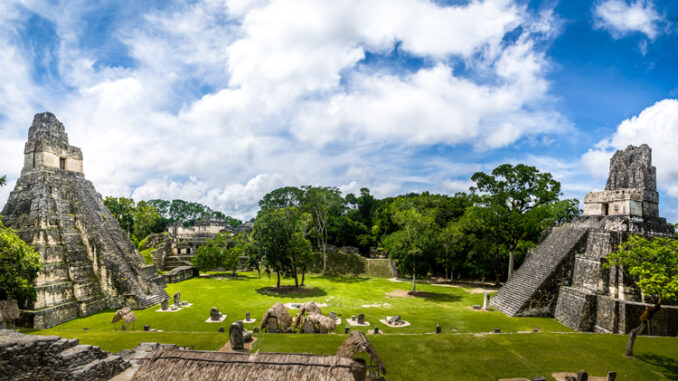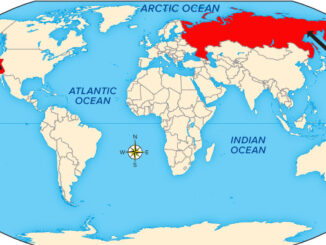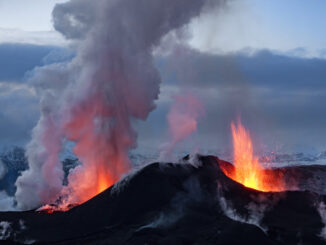
More than a thousand years ago, an ancient civilization controlled large parts of Central America. They built sprawling cities and palaces. They constructed pyramids that towered over rainforest canopies. They were among the most advanced civilizations in the Western Hemisphere. They are known as the Maya. Many of their architectural wonders still stand today. And their descendants [people related to someone from an earlier time] still live in Central America.
The ancient Maya’s territory included what is now southern Mexico, Belize, and Guatemala. Most of their cities and structures were built between 250 CE and 900 CE. Their pyramids and palaces reflect the Maya’s strong knowledge of math and architecture [the art of designing and constructing buildings]. Sometime after 900 CE, the Maya civilization rapidly collapsed.
Some of their most impressive sites are in Guatemala. The country’s Petén region has many Maya ruins. One of them is called Tikal. Tikal was an important part of the Maya’s trade network. It was also a key religious site. Some of its ruined buildings are believed to be temples or burial chambers.
Another ruined city in Petén is called Uaxactún. It may have been a site used for astrology [a belief system that attempts to predict future events by studying stars and planets]. One of the largest sites is called El Mirador. It was abandoned more than two thousand years ago. This site is significantly older than most other Maya ruins. It shows that the Maya were a powerful presence in the region for longer than many people previously believed.
People can visit the ruins of Tikal and other Maya sites in northern Guatemala. The government has made the area around Tikal a national park. It is protected both for its historical significance and natural habitats. Over 200,000 people visit Tikal every year.
Millions of Maya still live in Guatemala today and speak the Maya language. They also live in other parts of Central America and Mexico. Many of the customs and traditions of the ancient Maya live on in the Maya people today.
What Do You Think? Why do we study the civilizations of people who lived long ago?
Photo Credit: Diego Grandi/Shutterstock



